Home>Articles>How To Convert A Slow Cooker Recipe To Stove Top
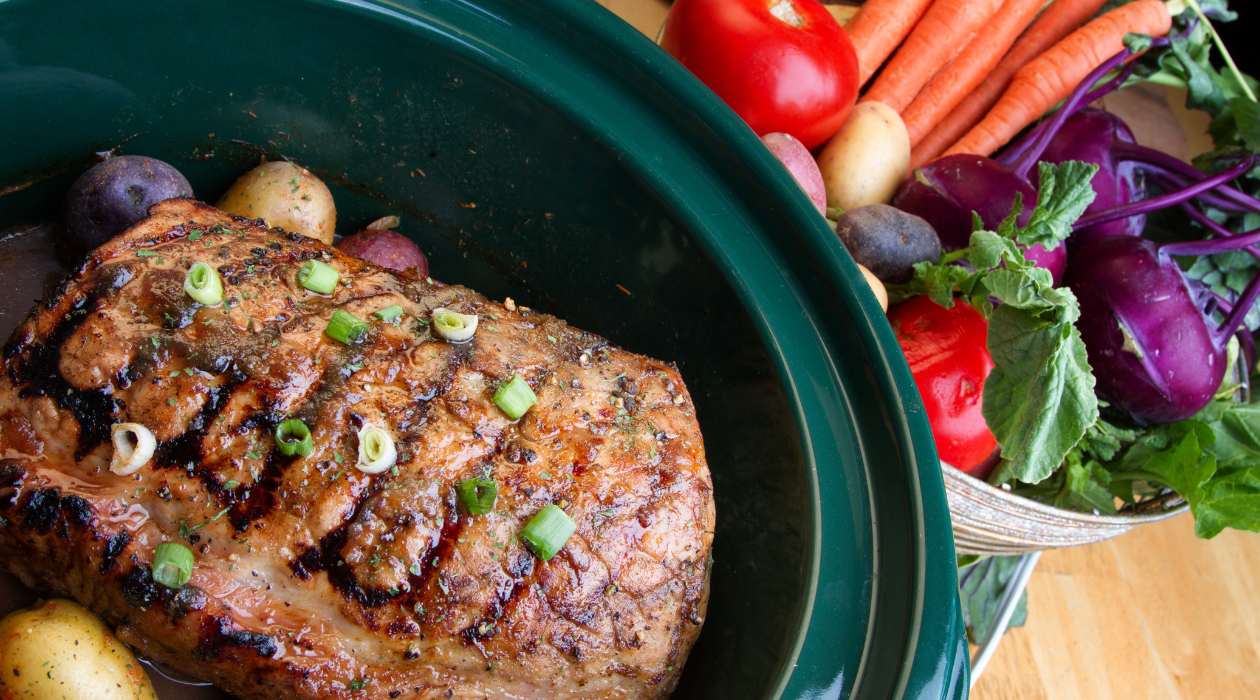

Articles
How To Convert A Slow Cooker Recipe To Stove Top
Modified: January 19, 2024
Learn how to easily convert a slow cooker recipe to a stove top method with our informative articles. Discover new cooking techniques and save time in the kitchen!
(Many of the links in this article redirect to a specific reviewed product. Your purchase of these products through affiliate links helps to generate commission for Storables.com, at no extra cost. Learn more)
Introduction
Slow cookers have become a staple appliance in many kitchens, offering convenience and allowing busy individuals to enjoy delicious homemade meals with minimal effort. However, there may be times when you come across a recipe that calls for a slow cooker, but you don’t have one on hand. Thankfully, converting a slow cooker recipe to the stovetop is a simple and straightforward process that can still yield fantastic results.
When converting a slow cooker recipe to the stovetop, there are a few factors to consider. The cooking times, temperatures, and liquid amounts may need to be adjusted to ensure that the dish turns out just as perfectly cooked and flavorful as it would in a slow cooker. By understanding these considerations and following a few key steps, you can confidently adapt any slow cooker recipe to the stovetop.
In this article, we will guide you through the process of converting a slow cooker recipe to the stovetop. We will discuss how to adjust cooking times, modify cooking temperatures, adapt liquid amounts, and offer tips for successfully converting recipes from one method to another. So let’s dive in and learn how to bring those tempting slow cooker recipes to life on the stovetop!
Key Takeaways:
- Convert slow cooker recipes to stovetop by adjusting cooking times, temperatures, and liquid amounts. Experiment with different cooking methods for flavorful and satisfying results.
- Consider ingredient tenderness, monitor liquid levels, and adjust seasonings as you convert slow cooker recipes to the stovetop. Embrace creativity and enjoy the culinary exploration!
Read more: How To Convert Slow Cooker To Instant Pot
Considerations before Converting
Before diving into the process of converting a slow cooker recipe to the stovetop, there are a few important considerations to keep in mind. These will help ensure that your converted recipe turns out just as delicious as the original intended for the slow cooker.
The first consideration is the type of recipe you are converting. While many slow cooker recipes can be easily adapted to the stovetop, certain dishes may not translate as well. For example, recipes that rely heavily on long, slow cooking times to tenderize tough cuts of meat may not achieve the same level of tenderness and flavor on the stovetop.
Another important consideration is the size of the recipe. Slow cookers are often used for larger batch cooking, so you may need to adjust the ingredient quantities if you are converting a recipe designed to feed a crowd. This can be as simple as halving or doubling the ingredients, depending on your needs.
Additionally, think about the cooking vessel you will be using on the stovetop. Ideally, choose a heavy-bottomed pot or Dutch oven that can distribute heat evenly and retain it effectively. This will help ensure that your dish cooks evenly and doesn’t scorch or stick to the bottom.
Lastly, take into account the cooking time and the availability of ingredients. Stovetop cooking typically requires more active monitoring and shorter cooking times compared to slow cooking. Plan accordingly and make sure you have all the necessary ingredients prepped and ready to go before you start converting the recipe.
By considering these factors before converting your slow cooker recipe, you’ll set yourself up for success and ensure a smooth conversion process. Now that you’ve taken these aspects into account, let’s move on to the actual process of converting the cooking times.
Converting Cooking Times
One of the key considerations when converting a slow cooker recipe to the stovetop is adjusting the cooking time. Slow cookers are designed to cook food gently over a long period, while stovetop cooking is typically faster and more intense.
To convert the cooking time, you will first need to determine the original slow cooker cooking time specified in the recipe. Take note of whether the recipe calls for a low or high setting on the slow cooker, as this will impact the conversion process.
As a general rule of thumb, you can estimate that stovetop cooking will be approximately three times faster than slow cooker cooking. However, this can vary depending on the specific dish and ingredients involved. Here are some guidelines to help you convert the cooking times:
- If the recipe states a low slow cooker setting of 8 hours, you can estimate a stovetop cooking time of 2 to 3 hours.
- If the recipe states a high slow cooker setting of 4 hours, you can estimate a stovetop cooking time of 1 to 2 hours.
It’s important to note that these are rough estimates, and you may need to adjust the cooking time based on your specific stove and the size and type of the ingredients being cooked. Factors such as the thickness of the meat, the type of vegetables, and the desired texture should also be taken into consideration when determining the cooking time.
Remember to frequently check the dish as it cooks on the stovetop to avoid overcooking. Taste and test for doneness at regular intervals to ensure the dish is cooked to your preference. Adjust the heat as needed during the cooking process to maintain a gentle simmer or boil, depending on the recipe.
By following these guidelines and regularly monitoring the dish as it cooks, you can successfully convert the cooking time of a slow cooker recipe to the stovetop. This will allow you to enjoy the same delicious flavors and textures, but with the convenience of stovetop cooking.
Adjusting Cooking Temperatures
When converting a slow cooker recipe to the stovetop, it’s important to make adjustments to the cooking temperature. Slow cookers operate at a low and consistent temperature, while stovetop cooking requires higher heat for faster cooking.
To convert the cooking temperature, you will need to consider the original slow cooker temperature specified in the recipe. Note whether the recipe calls for a low or high setting on the slow cooker, as this will influence the conversion process.
As a general guideline, you can use the following temperature conversions:
- Low slow cooker setting: Convert to a stovetop temperature of low to medium-low heat. This can be achieved by setting your stovetop burner to a low or medium-low heat setting.
- High slow cooker setting: Convert to a stovetop temperature of medium to medium-high heat. Adjust your stovetop burner to medium or medium-high heat to achieve this.
It’s important to note that these temperature conversions are approximate, and you may need to adjust them based on your specific stovetop and the type of dish you are cooking. Factors such as the thickness of the ingredients, the size of the pot, and the desired cooking speed should also be taken into consideration.
When adjusting the cooking temperature on the stovetop, it’s essential to monitor the dish closely. Ensure that it simmers gently or boils at a controlled rate, depending on the recipe. Adjust the heat as needed throughout the cooking process to prevent burning or undercooking.
Remember, stovetop cooking is generally faster than slow cooking, so reducing the cooking temperature slightly can help maintain the slow cooking effect and result in tender and flavorful dishes.
By following these guidelines and making adjustments to the cooking temperature, you can successfully convert a slow cooker recipe to the stovetop. This will allow you to enjoy the same delicious flavors and textures, cooked to perfection on your stovetop.
When converting a slow cooker recipe to stove top, reduce the cooking time by about half and check for doneness more frequently. Use a heavy-bottomed pot to ensure even heat distribution.
Modifying Liquid Amounts
When converting a slow cooker recipe to the stovetop, it’s important to consider the liquid amounts. Slow cookers tend to retain more moisture during the cooking process, while stovetop cooking can result in more evaporation.
To ensure that your dish doesn’t end up too dry or overly saucy, you may need to adjust the liquid amounts when converting a slow cooker recipe to the stovetop. Here are some guidelines to help you modify the liquid amounts:
- If the slow cooker recipe includes a significant amount of liquid to begin with, such as broth or sauce, you can reduce the amount slightly for stovetop cooking. Start by decreasing the liquid by about 25% and adjust as needed during the cooking process.
- If the slow cooker recipe includes minimal liquid, such as when relying on the natural juices of the ingredients, you might need to add some extra liquid when converting to the stovetop. Start by adding small amounts of liquid, such as broth or water, and adjust as needed to achieve the desired consistency.
- Consider the cooking time and method when modifying the liquid amounts. If your stovetop cooking time is significantly shorter than the slow cooker cooking time, you may need less liquid since there will be less time for it to evaporate.
It’s important to note that some recipes might require specific ratios of liquid to ingredients for optimal results. If you’re unsure, refer to similar stovetop recipes or consult cooking references to get a better understanding of the recommended liquid amounts for similar dishes.
Throughout the cooking process, make sure to monitor the consistency of the dish and adjust the liquid as needed. If the dish appears too dry, you can add more liquid gradually. On the other hand, if the dish is too watery, you can thicken it with ingredients like cornstarch or reduce the liquid by continuing to simmer until the desired consistency is reached.
By making appropriate adjustments to the liquid amounts, you can ensure that your converted stovetop dish maintains the right balance of flavors and textures, resulting in a delicious meal that rivals the slow cooker version.
Adapting for Different Cooking Methods
When converting a slow cooker recipe to the stovetop, it’s essential to consider the differences in cooking methods. Slow cookers rely on long, low-heat cooking, while stovetop cooking is generally faster and more intense. Adapting the recipe to the stovetop may require some modifications to ensure the best results.
Here are some tips for adapting a slow cooker recipe to different cooking methods:
- Braising: Braising is a cooking method that involves searing the ingredients first and then simmering them slowly in a flavorful liquid. This method is well-suited for tougher cuts of meat and can add depth of flavor to your dish. To adapt a slow cooker recipe for braising on the stovetop, sear the meat in a hot pan with oil, then add the other ingredients and liquid, cover the pot, and simmer on low heat until tender.
- Simmering: Simmering is a technique where ingredients are cooked in liquid at a gentle, steady heat. It works well for soups, stews, and sauces. To convert a slow cooker recipe to the stovetop using the simmering method, combine all the ingredients in a pot, bring the mixture to a boil, then reduce the heat and let it simmer uncovered until the desired doneness is achieved.
- Sautéing: Sautéing involves quickly cooking ingredients over high heat in a small amount of oil or fat. You can adapt a slow cooker recipe by sautéing the ingredients separately, then combining them in a pot and adding the necessary liquid. This method works well for recipes that have shorter cooking times and require browning or caramelization.
Remember to adjust the cooking times, temperatures, and liquid amounts as needed for the specific cooking method you choose. Keep in mind that stovetop cooking is generally quicker than slow cooking, so you may need to reduce the cooking time and adjust the heat accordingly to prevent burning or overcooking.
Experimenting with different cooking methods can add variety and flavor to your dishes, allowing you to adapt slow cooker recipes to suit your preferences and the tools you have at hand. Don’t be afraid to get creative and make adjustments as needed.
By adapting for different cooking methods, you can create stovetop versions of your favorite slow cooker recipes that are just as delicious and satisfying.
Tips for Successful Conversion
Converting a slow cooker recipe to the stovetop can be a rewarding and delicious experience. To ensure a successful conversion, here are some tips to keep in mind:
- Read the recipe thoroughly: Before starting the conversion process, read the slow cooker recipe carefully. Take note of the cooking times, temperatures, and liquid amounts specified. Understanding the original recipe will help you make the necessary adjustments for stovetop cooking.
- Adjust cooking times and temperatures: As mentioned earlier, stovetop cooking is generally faster and requires higher heat compared to slow cooking. Adjust the cooking times and temperatures based on the guidelines provided earlier, and remember to check the dish regularly to prevent overcooking or undercooking.
- Test for doneness: To ensure that your converted dish is cooked to perfection, test for doneness by tasting and checking the texture of the food. Different ingredients require different cooking times, so use your judgment and adjust as needed.
- Pay attention to heat distribution: Use a heavy-bottomed pot or Dutch oven when converting a slow cooker recipe to the stovetop. These types of cookware distribute heat evenly and can help prevent hot spots and uneven cooking.
- Monitor liquid levels: Keep an eye on the liquid levels during stovetop cooking. If the dish appears to be drying out, add more liquid gradually. If it seems too watery, continue to simmer uncovered to allow some of the liquid to evaporate and thicken.
- Consider ingredient tenderness: Ingredients like vegetables and tender cuts of meat may require shorter cooking times on the stovetop compared to tougher cuts. Adjust the cooking time accordingly to achieve the desired texture.
- Season and taste as you go: Season your dish with herbs, spices, and other seasonings as you cook. Taste your dish at various stages and make adjustments to the flavors as needed. This will ensure a well-balanced and delicious final result.
Remember, converting a slow cooker recipe to the stovetop may require a bit of experimentation and adjusting to perfect the dish to your liking. Don’t be afraid to make modifications based on your personal preferences and the specific ingredients you’re working with.
With these helpful tips, you can confidently adapt slow cooker recipes to the stovetop and enjoy the same delectable flavors in less time. So go ahead and get creative in the kitchen!
Conclusion
Converting a slow cooker recipe to the stovetop opens up a world of culinary possibilities, allowing you to recreate your favorite slow-cooked meals in a shorter amount of time. By considering the cooking times, adjusting the temperatures, modifying the liquid amounts, and adapting for different cooking methods, you can successfully convert any slow cooker recipe for stovetop cooking.
Before embarking on the conversion process, it’s important to carefully review the original slow cooker recipe, taking note of the specified cooking times, temperatures, and liquid amounts. This will serve as a starting point for making the necessary adjustments for stovetop cooking.
Throughout the conversion process, it’s crucial to monitor the dish closely, testing for doneness and ensuring that the flavors and textures are just right. Adjustments may need to be made along the way, such as adding more liquid, tweaking the seasoning, or reducing the cooking time.
By following the tips provided, you can confidently convert slow cooker recipes to the stovetop, opening up a world of versatility and culinary exploration. Whether you choose to braise, simmer, or sauté your dishes, the stovetop method offers a faster and more intense cooking experience, while still delivering delicious and satisfying results.
So, the next time you come across a tempting slow cooker recipe but don’t have a slow cooker on hand, don’t fret. With a few adjustments and a little creativity, you can bring that flavor-packed recipe to life on your stovetop.
Remember to experiment, trust your taste buds, and have fun in the kitchen. Happy cooking!
Frequently Asked Questions about How To Convert A Slow Cooker Recipe To Stove Top
Was this page helpful?
At Storables.com, we guarantee accurate and reliable information. Our content, validated by Expert Board Contributors, is crafted following stringent Editorial Policies. We're committed to providing you with well-researched, expert-backed insights for all your informational needs.
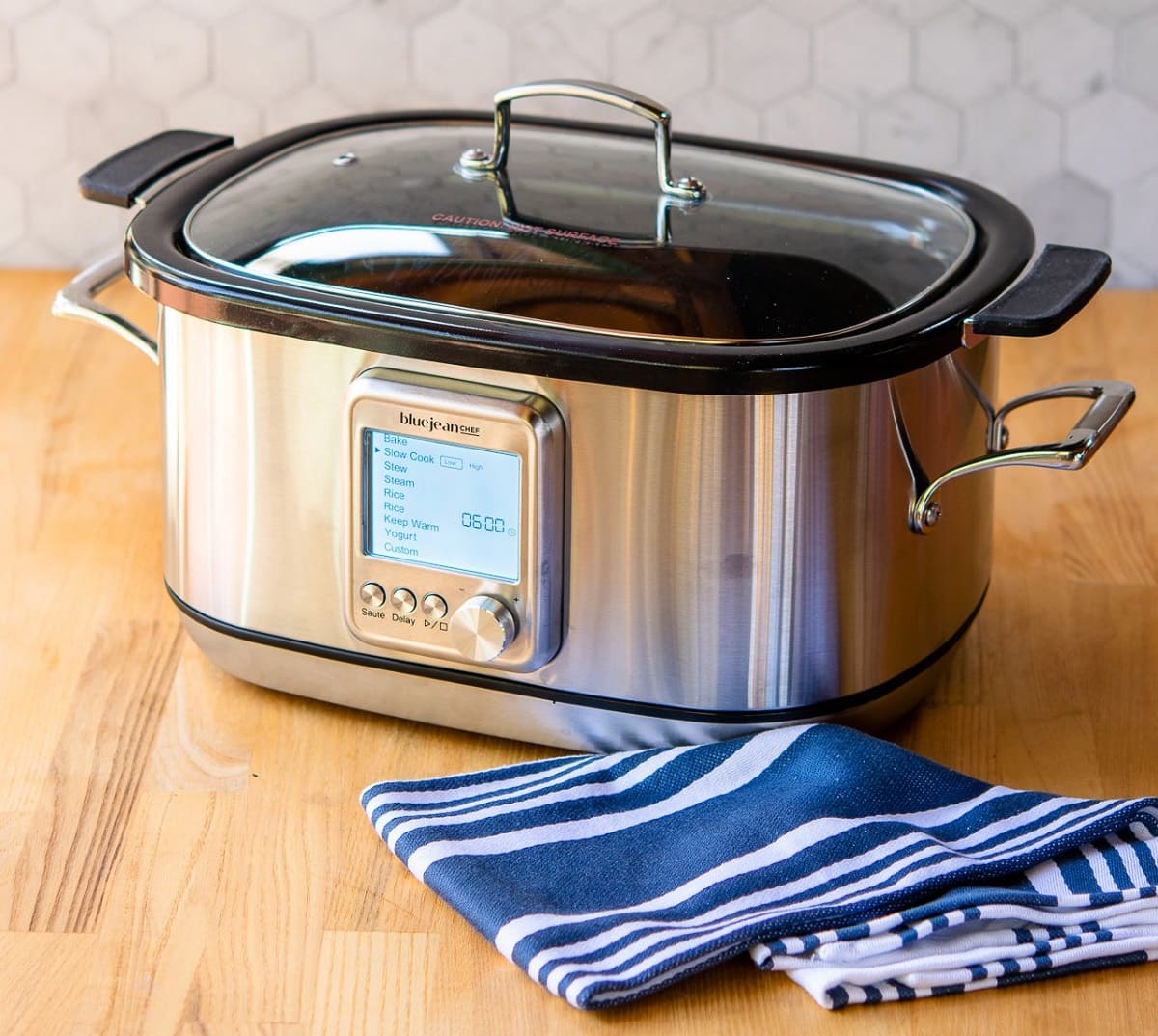
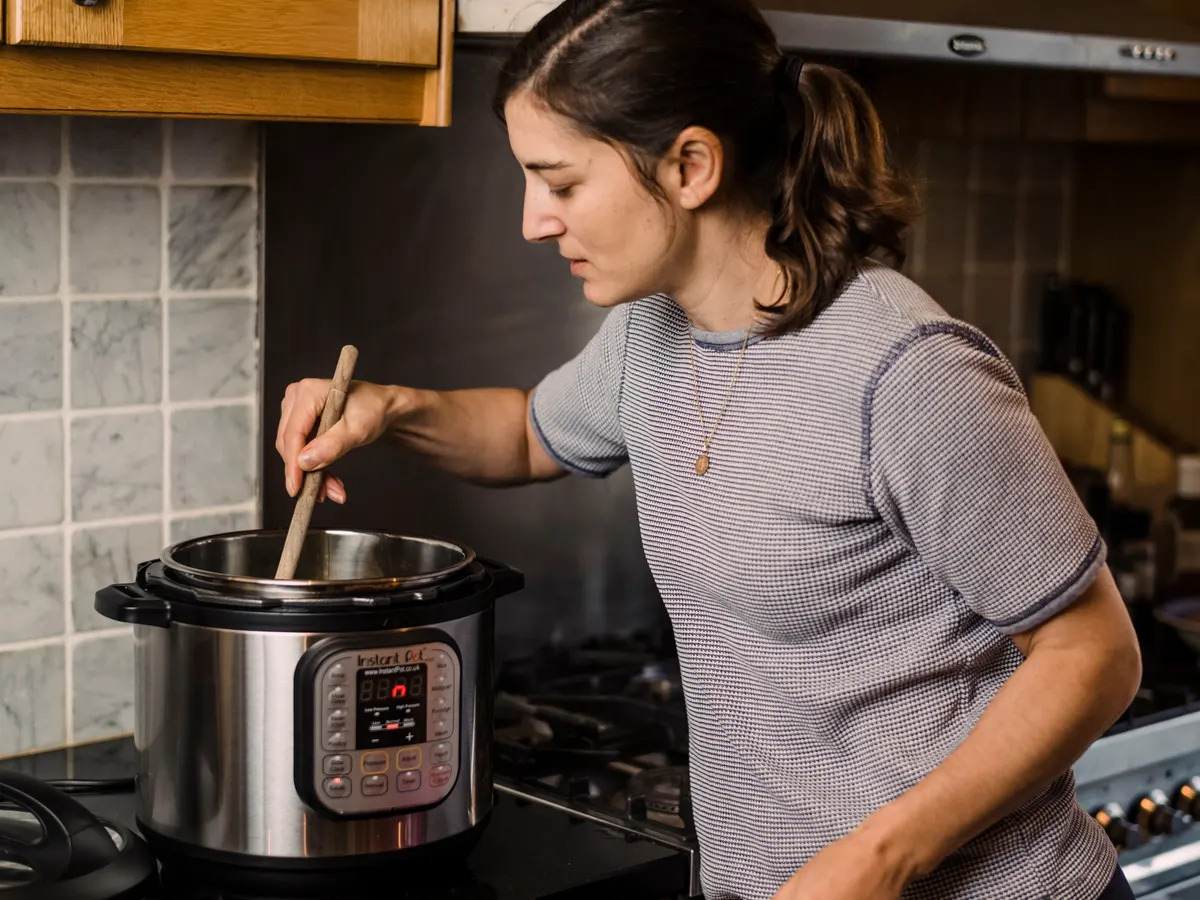
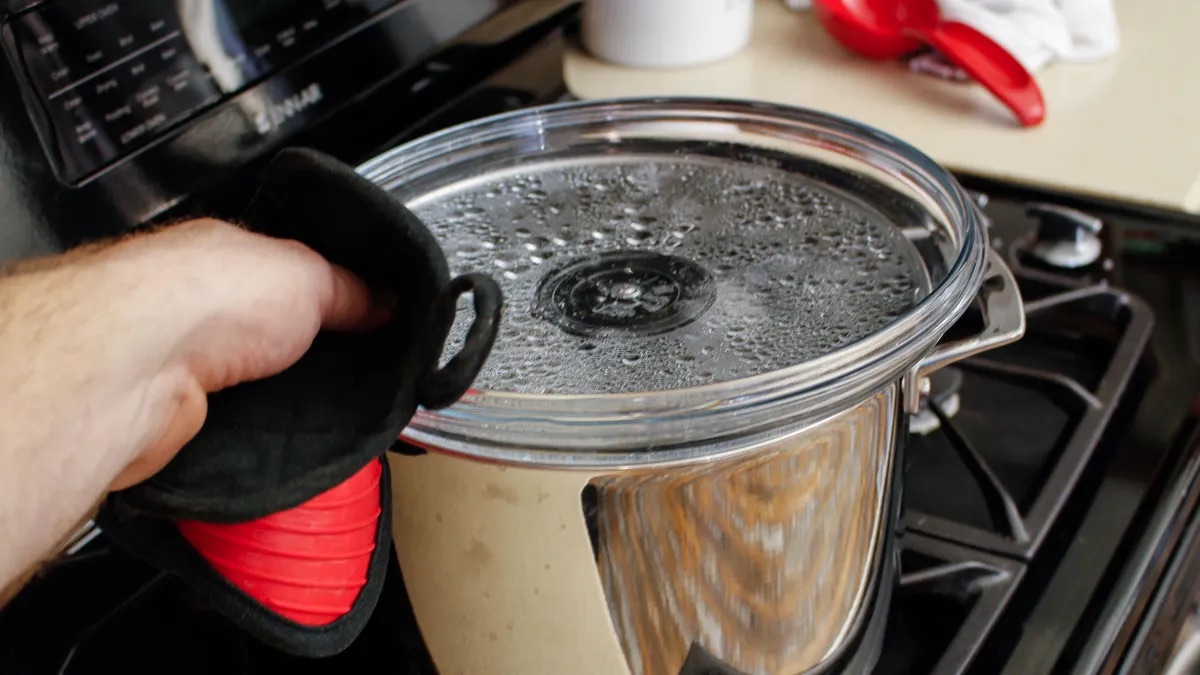
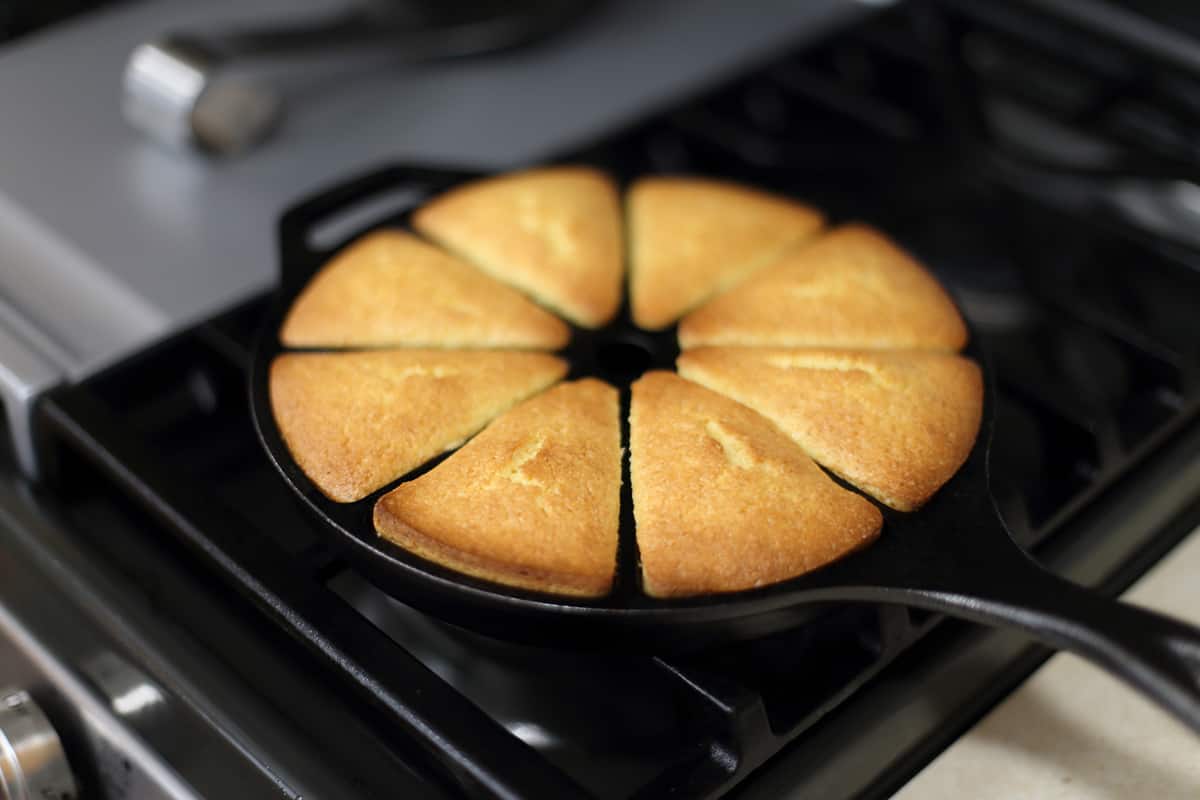
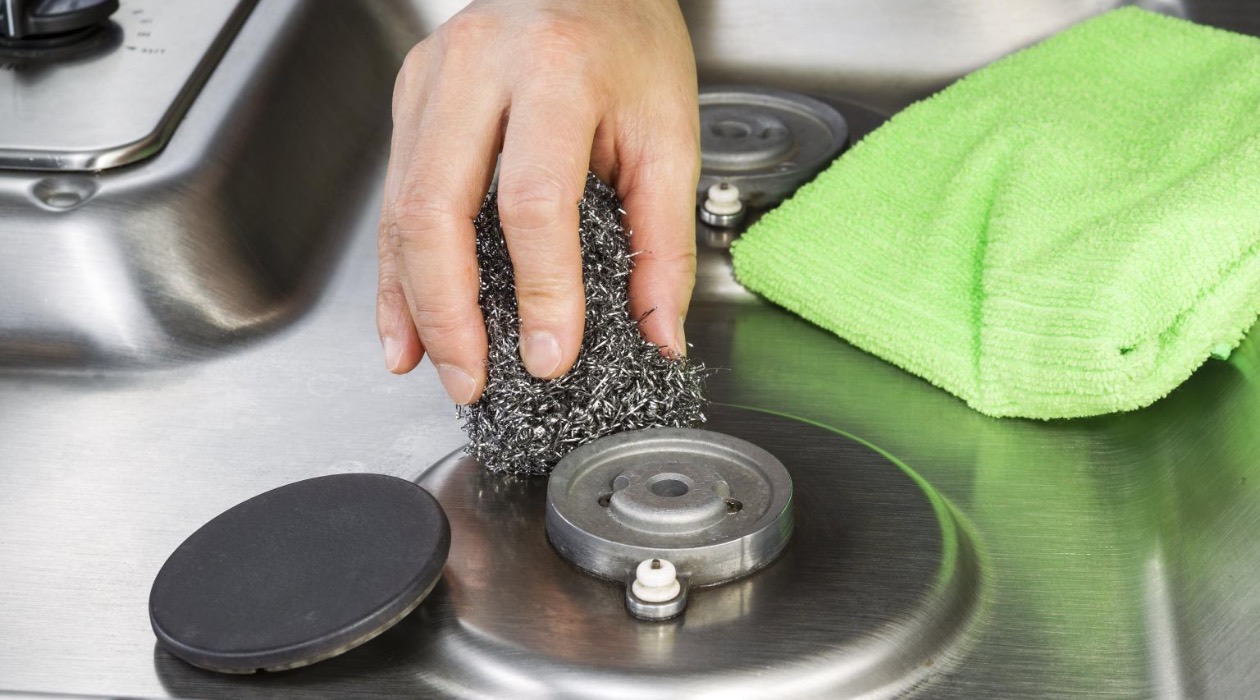
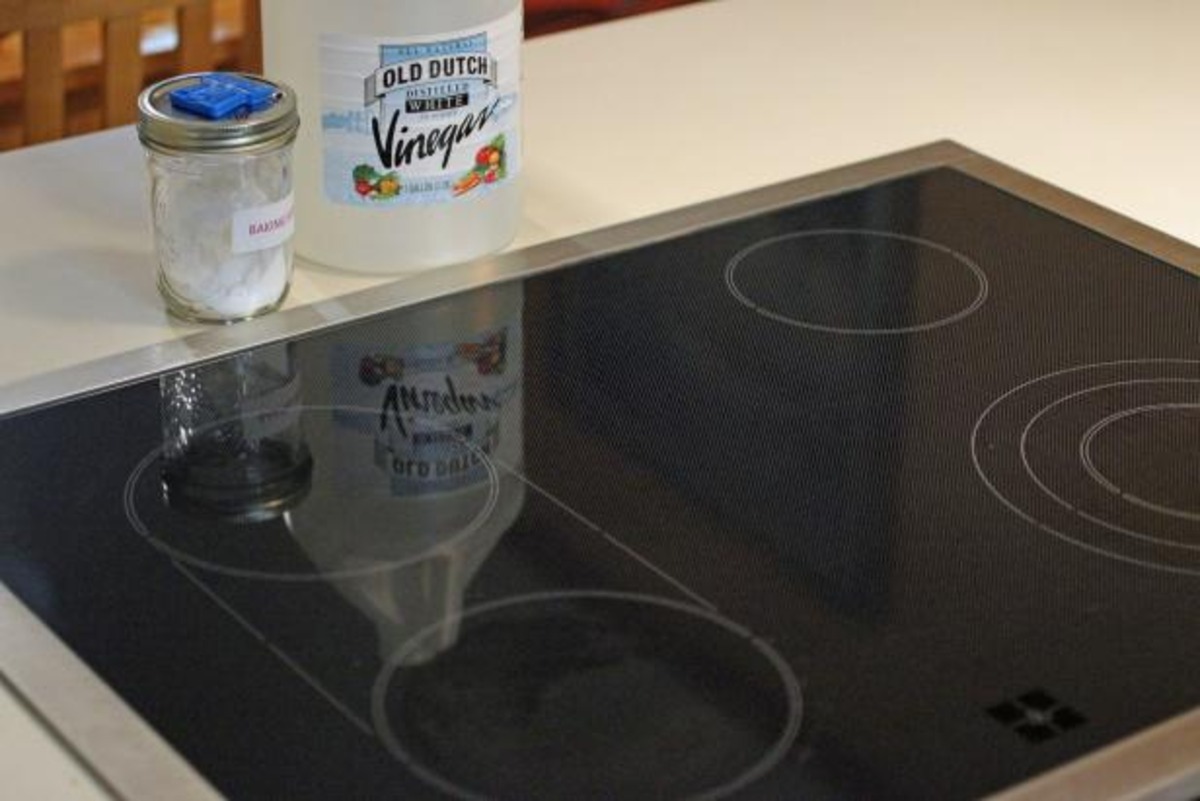
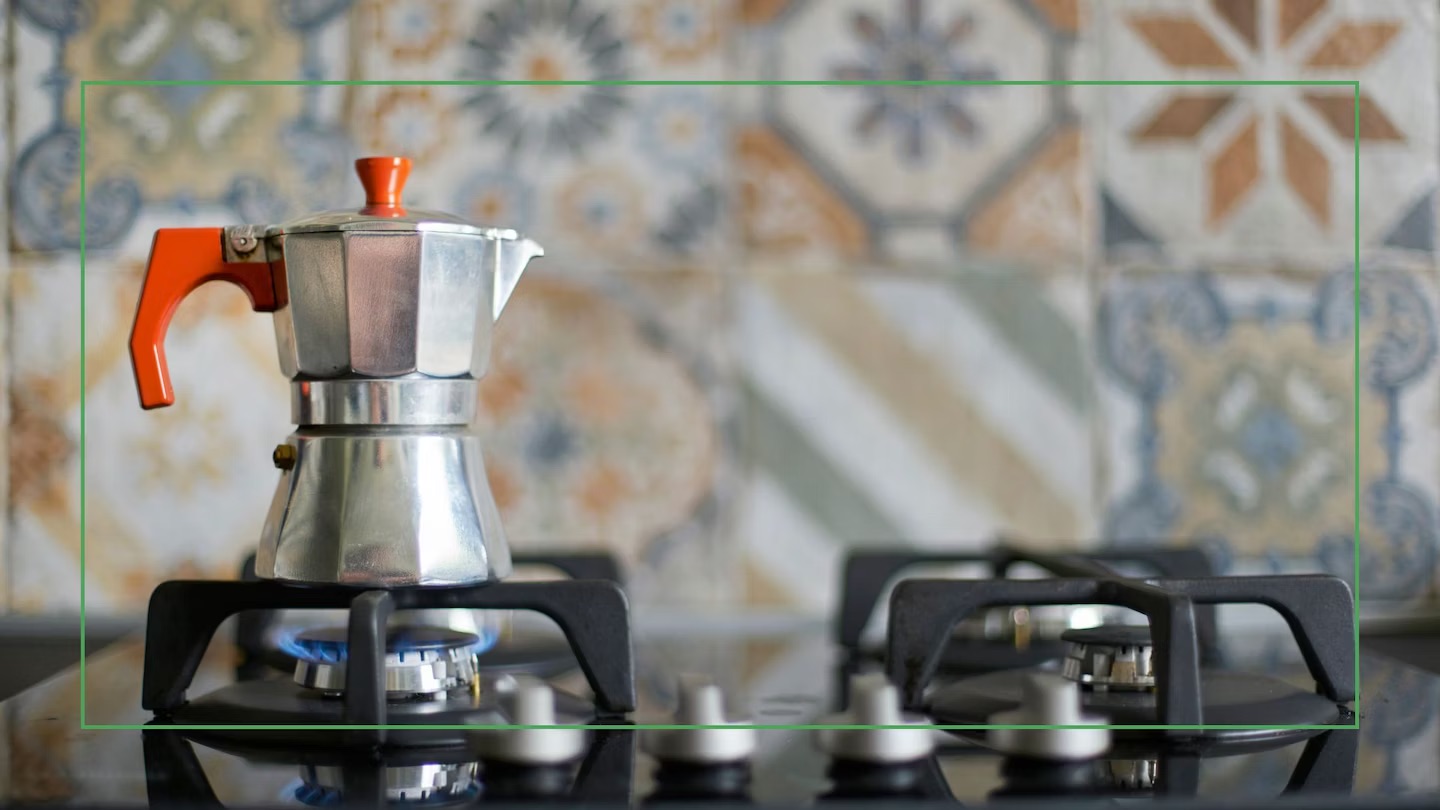
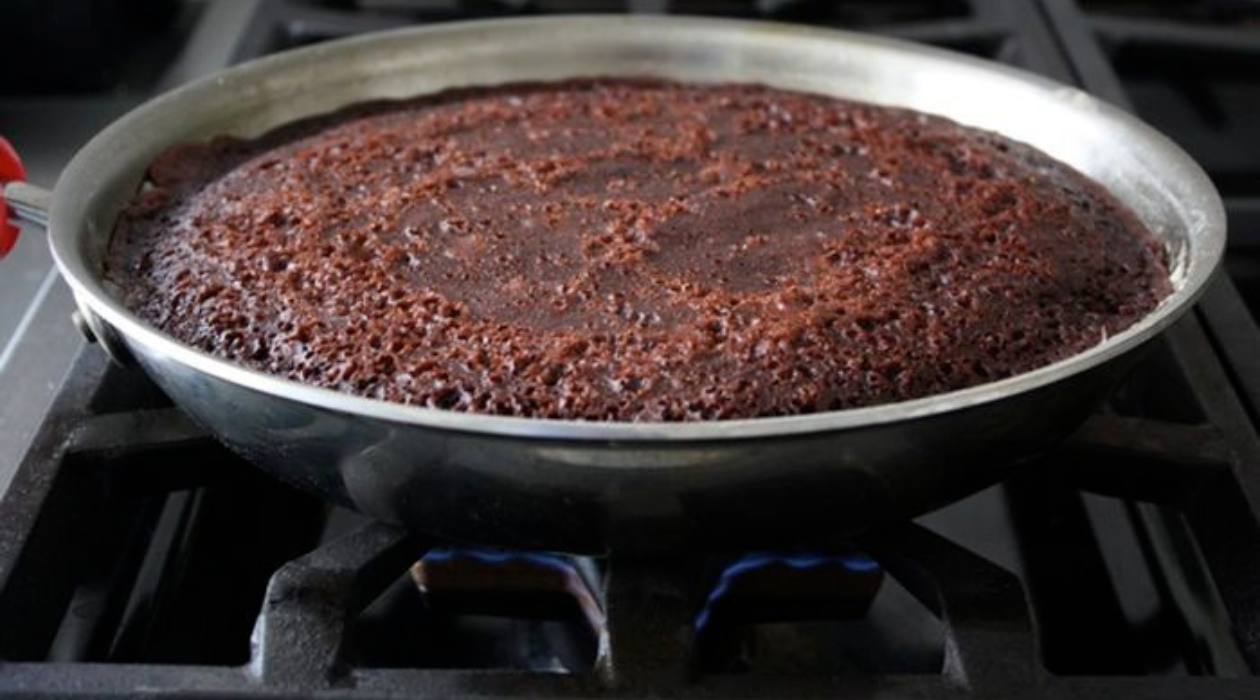
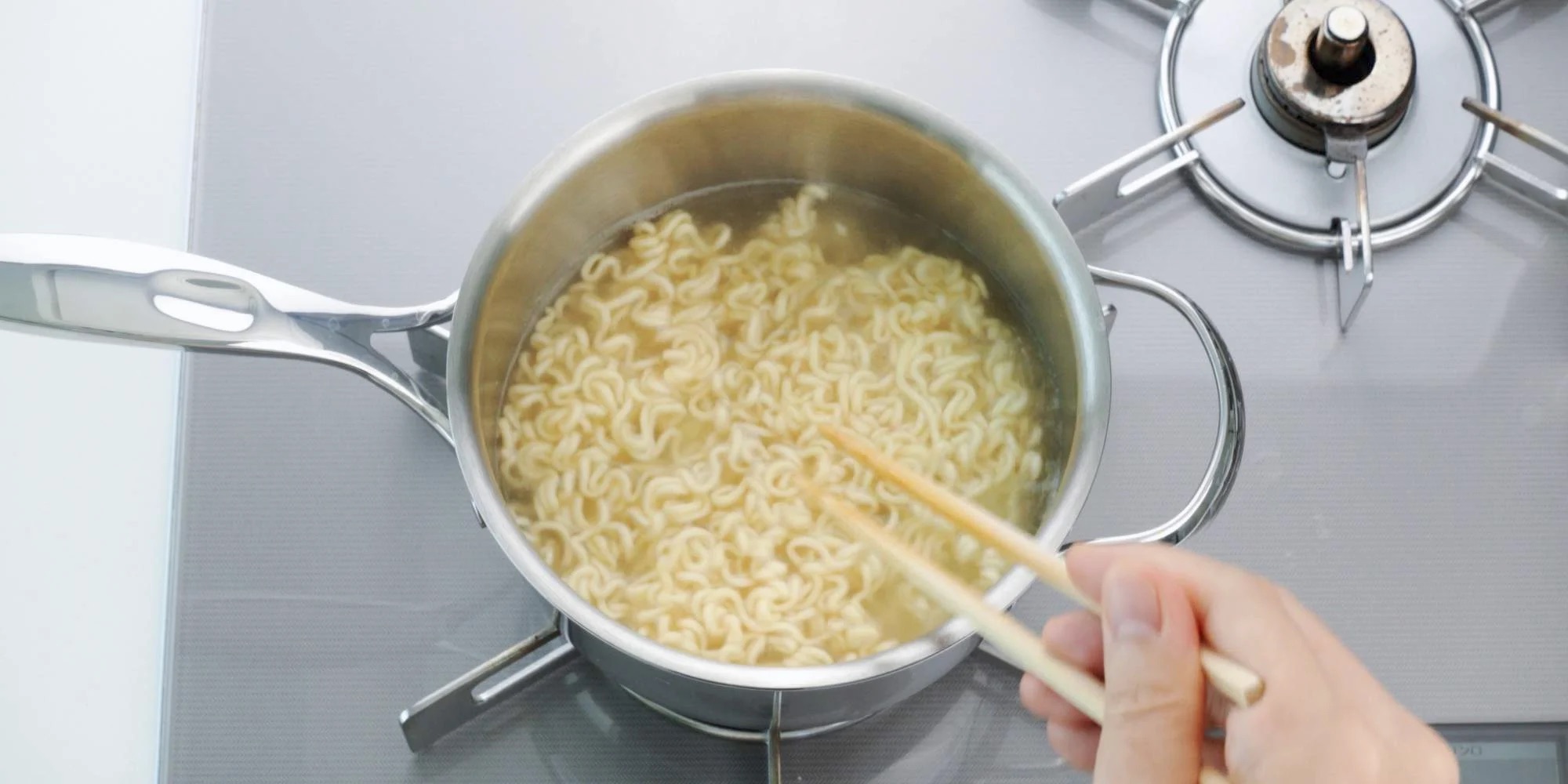
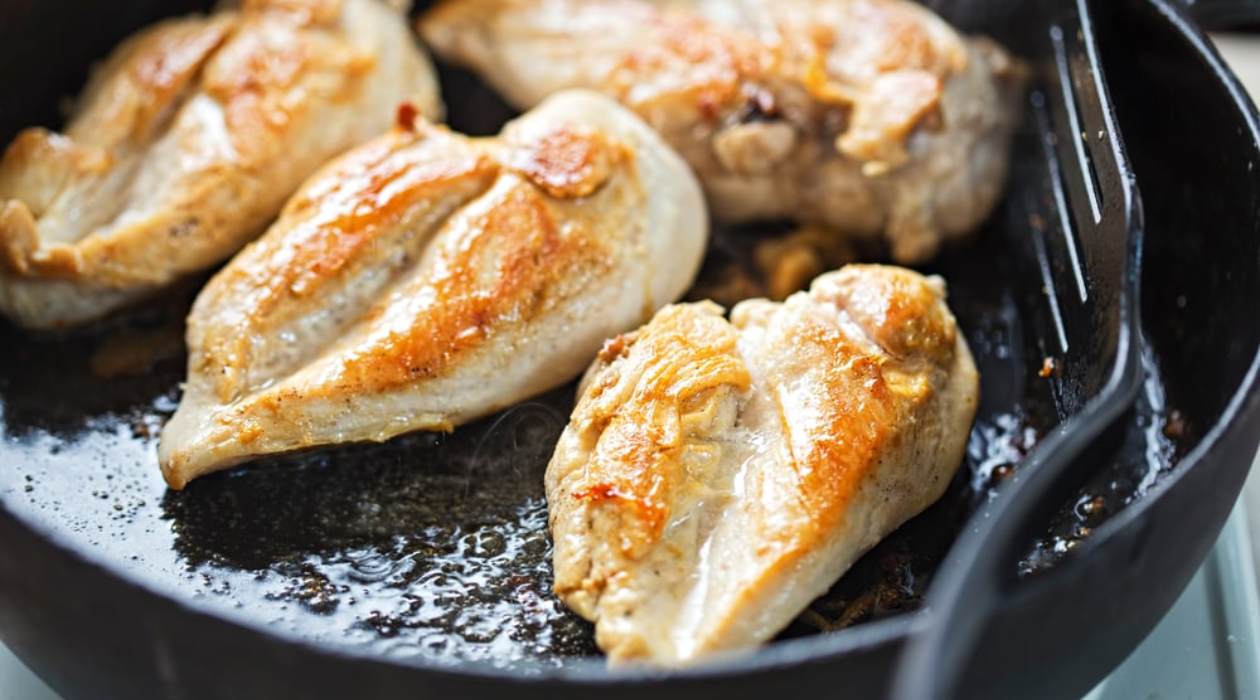
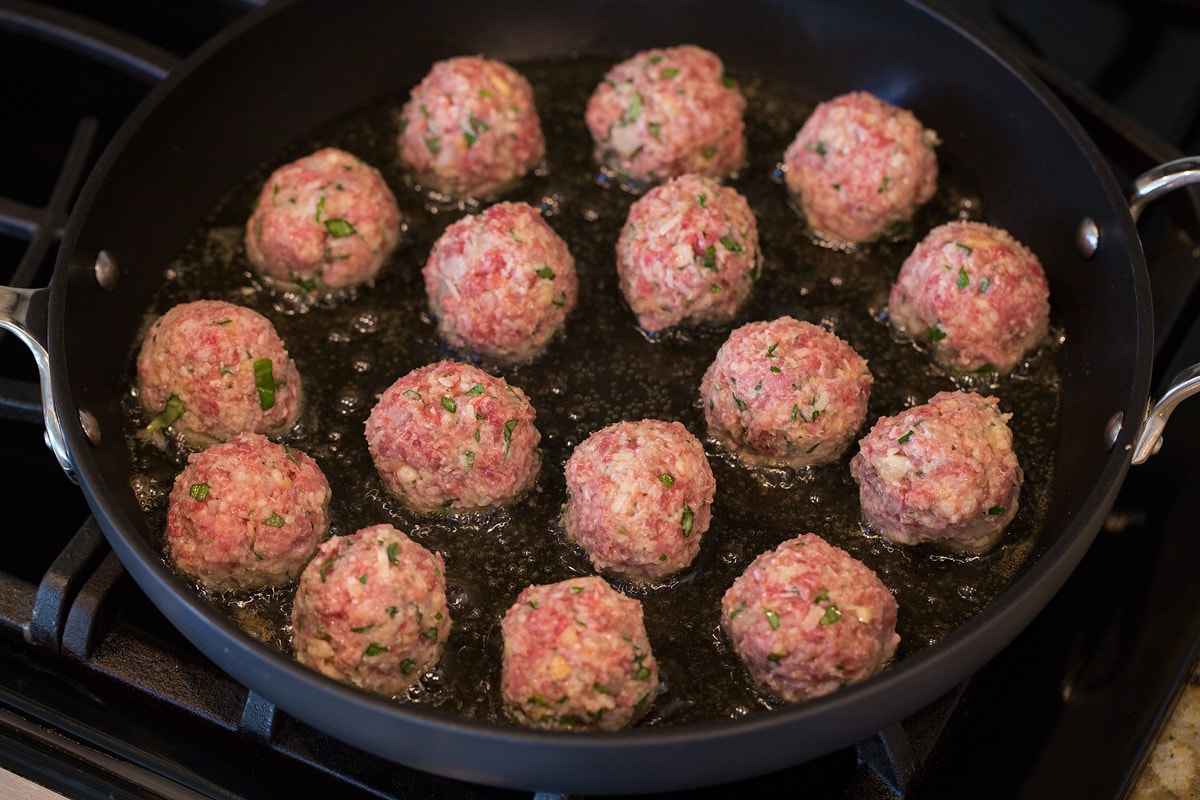
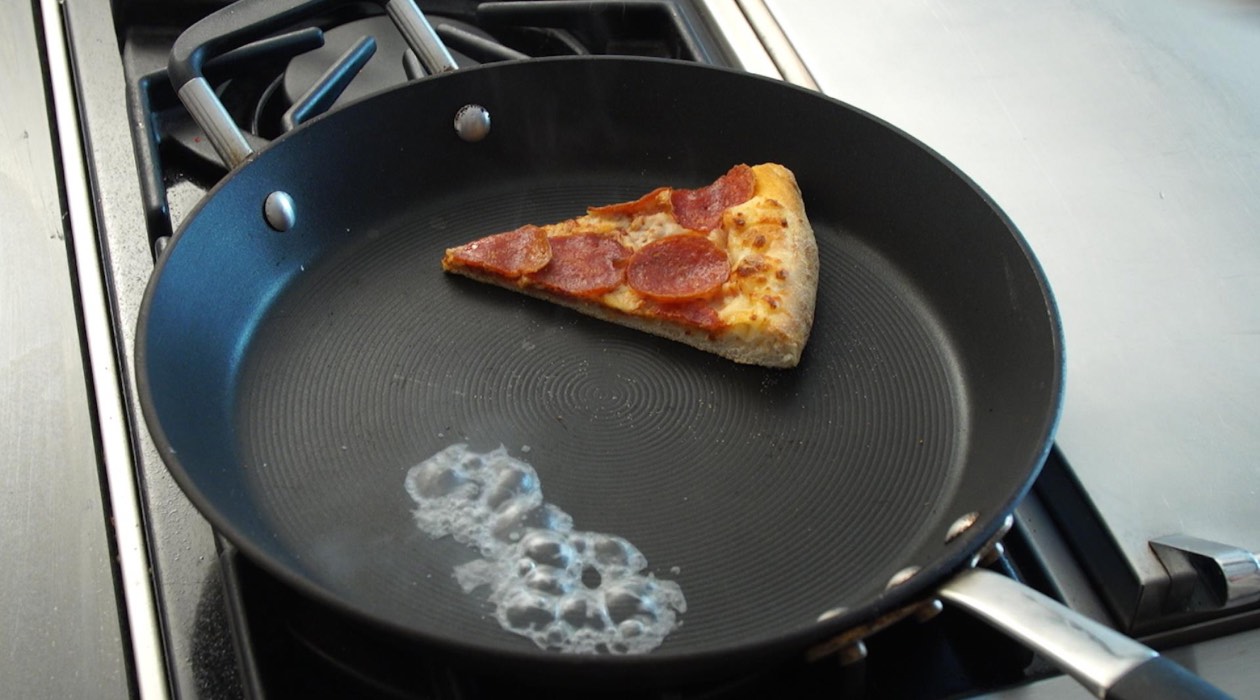
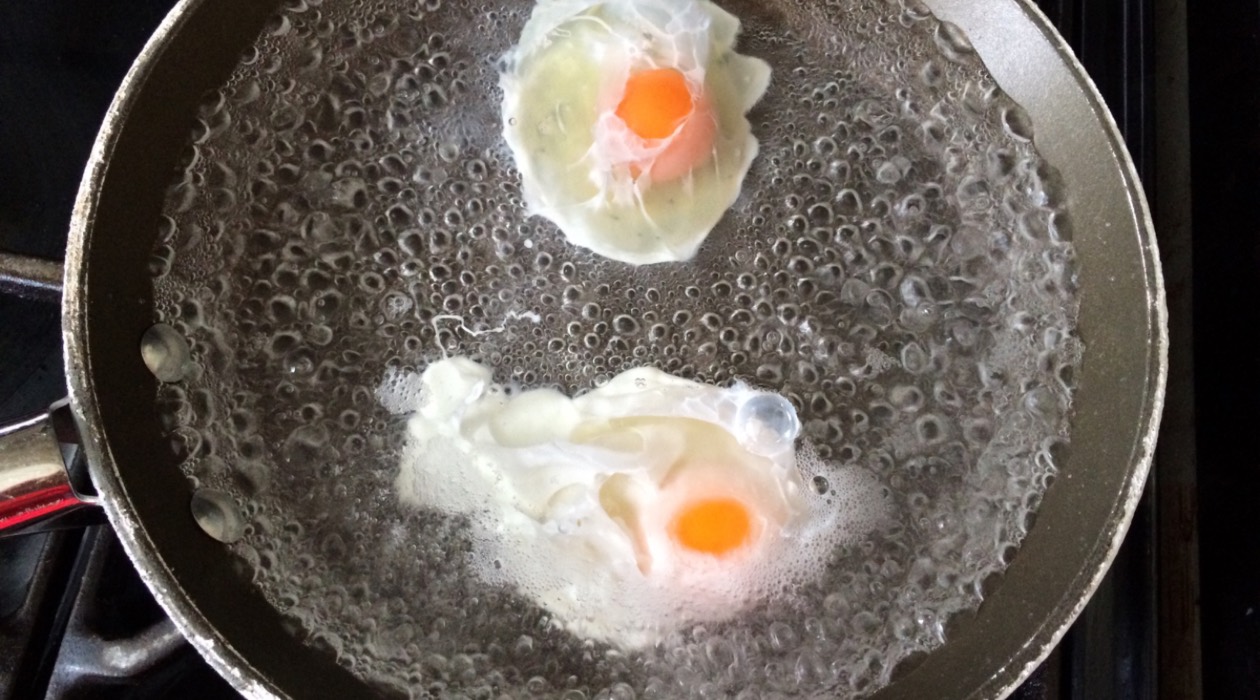
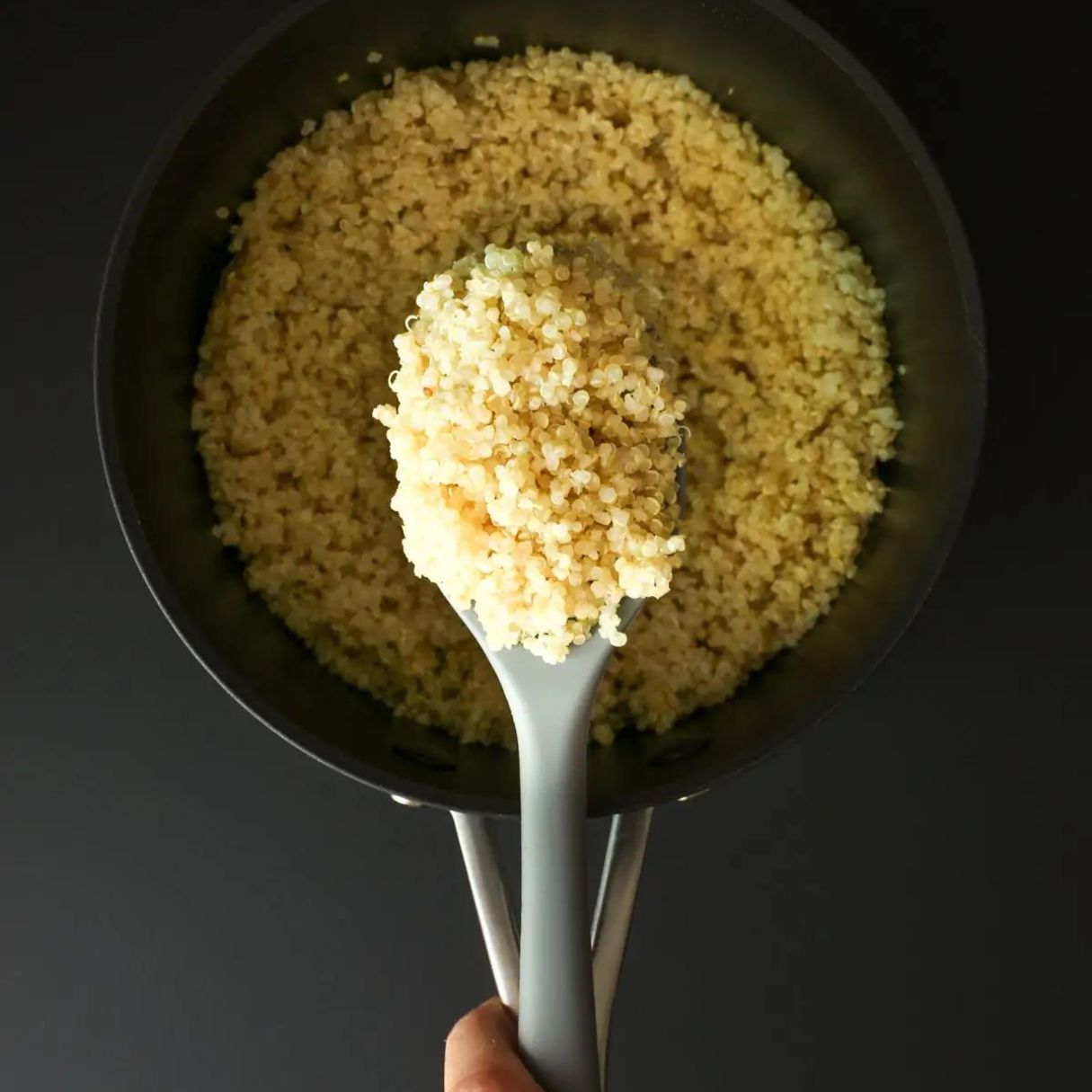

0 thoughts on “How To Convert A Slow Cooker Recipe To Stove Top”